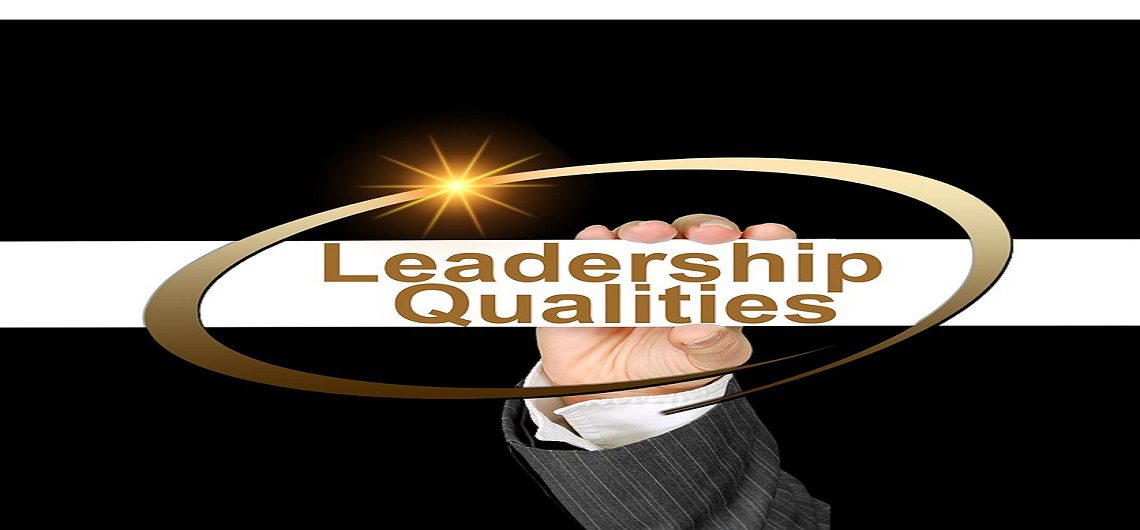by Eva McDonnell, Founder/ Director of PerspectiveHR
The 2017 Deloitte report on Human Capital Trends illustrates the rapidly changing landscape for many organisations in relation to their leadership structures. The current reality of most companies with traditional organisational structures is that People Leadership comes through a combination of tenure, experience, and business performance. In fact, the acquisition of a team is often considered a rite of passage, because of promotion through the business. However, what is becoming increasingly apparent is that People Leadership requires, as Liam Neeson would say, a particular set of skills, that are not universal, and should not be assumed, in the same way we don’t assume our people are good with say, project management or technology.
Very often, when we promote someone to lead a team, we are setting them up to fail. We have recognised how good they are at their existing job, but this says little about how well they could manage an enhanced role and nothing about how they would manage the complexity of leading people on top of that. In such scenarios, we invest heavily in assessments that tell us lots about our employee, but other than a good self-awareness exercise, these tests rarely alter the plans we have for our employee’s career path. In my experience, even the most sophisticated Leadership programmes will be of limited benefit if our employees aren’t predisposed to working with people in this way.
The drawbacks of putting the wrong people in the wrong role are numerous. Over the years, I have seen many examples of great people who have suffered major setbacks in confidence and capacity due to being promoted too far out of their comfort zone. Their perception and profile in the organisation changes, and the teams that they are working with can become despondent, frustrated and demotivated.
How do we overcome this? By recognising for one, that leadership is not for everyone and that careers now move in every direction based on the individual’s goals as well as the organisation’s business objectives. And for those who are being touted as having high leadership potential, we can start our investment and assessment earlier to develop and nurture that potential through early responsibility so that they are ready to deliver when the opportunity arises.
It also requires some honest conversations with people, who may have otherwise assumed they would be responsible for a team as part of their job. This might be a disappointment to some, but result in pure elation for others who may struggle with the concept of leading teams. Ultimately, by focusing on their employee’s strengths and shaping their senior roles accordingly, the organisation is ensuring that they are getting the best out of their employee, and likewise the employee can deliver on the stuff at which they are actually really good.
About the author
PerspectiveHR is led by Eva McDonnell, BA (HRM), LLB, CIPD. Eva has significant experience working across all aspects of Human Resources, including Recruitment and Selection, Performance Management, Employee Engagement and Communication, and Organisational Development and Design. She can be contacted on 0876471907 or at [email protected]









































